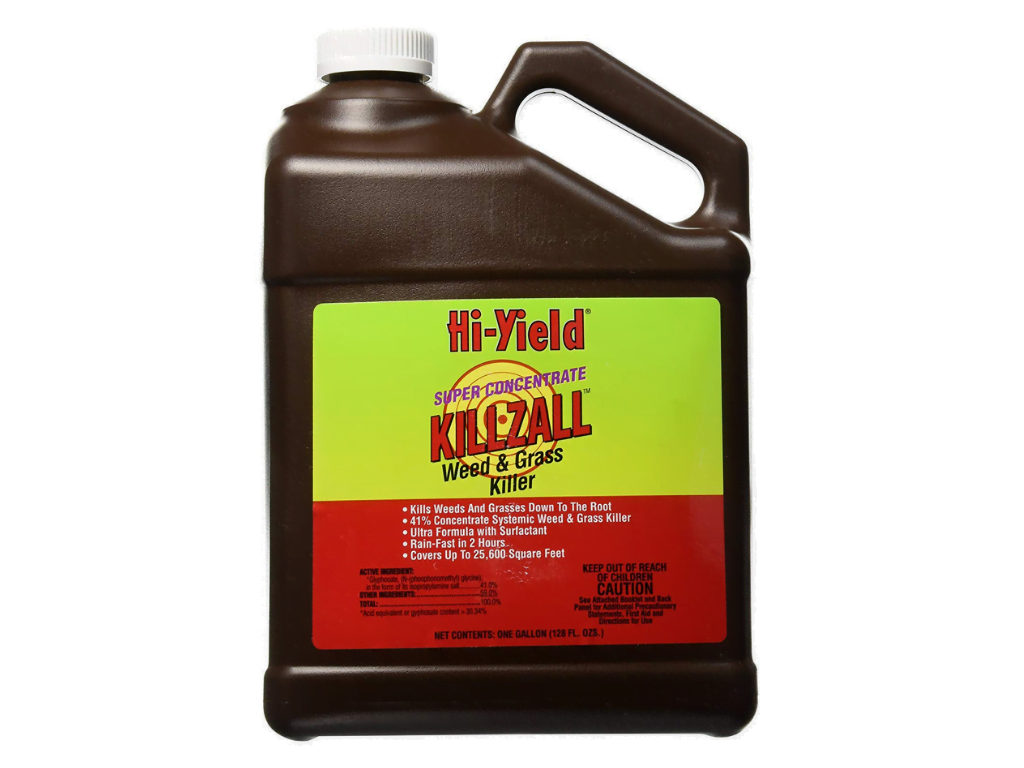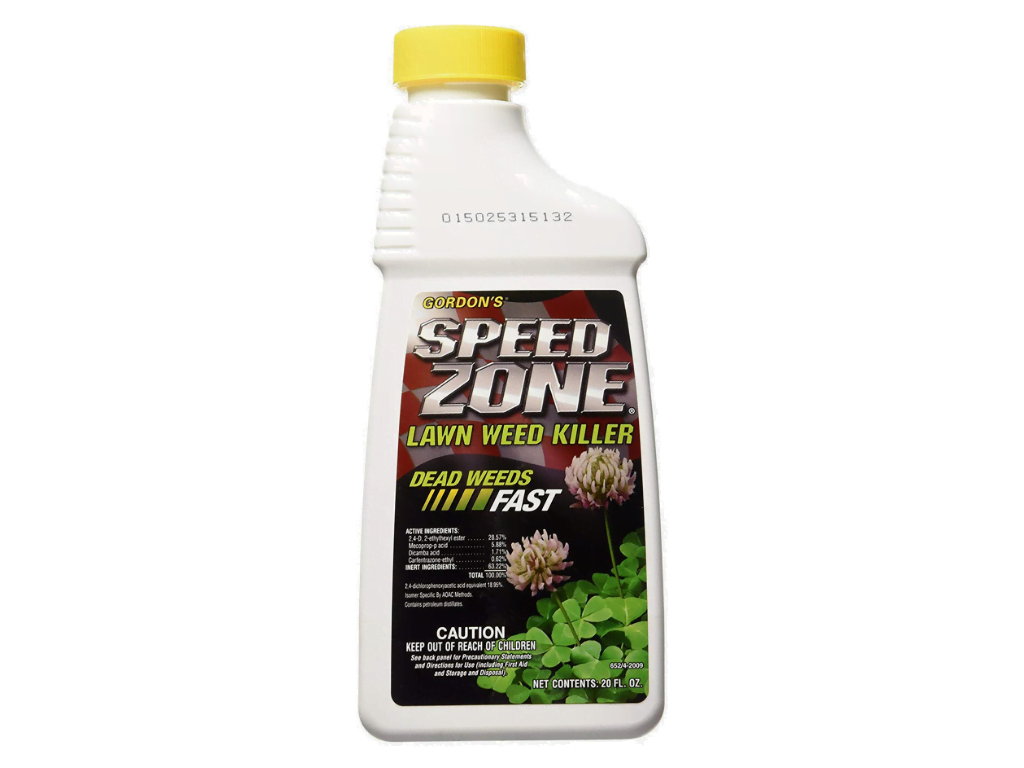Do you want to ensure the safety and well-being of your snake plants? One crucial aspect of their care is knowing how often to water them. Overwatering or underwatering can lead to serious issues, but with the right knowledge, you can keep your snake plants thriving.
In this article, we will guide you on establishing a proper watering schedule for your snake plants. You’ll learn how to test the soil moisture level and discover effective watering techniques. We’ll also provide tips on adjusting the watering frequency as your plant grows, ensuring its safety and health.
Furthermore, we’ll troubleshoot common watering issues, so you can avoid any potential dangers. By following these guidelines, you’ll be equipped to maintain healthy and vibrant snake plants for years to come.
Quick Summary
- Snake plants prefer to be slightly underwatered and are more tolerant of drought than excess moisture.
- Adjust the watering frequency based on the season, growth rate of the plant, and environmental conditions.
- Provide adequate drainage by using well-draining soil and pots with drainage holes to prevent water pooling at the bottom.
- Check the soil moisture before watering again and avoid overwatering to prevent root rot.
Understanding the Watering Needs of Snake Plants
Now let’s talk about how often you should water those beautiful snake plants of yours! Understanding the watering needs of snake plants is crucial to their overall health and well-being.
Snake plants are known for their ability to tolerate drought conditions, so it’s important not to overwater them. The frequency of watering will depend on various factors, including the size of the plant, the type of pot it’s in, and the environmental conditions it’s exposed to.
In general, snake plants prefer to be slightly underwatered rather than overwatered. It’s best to allow the soil to dry out completely between waterings. You can check the moisture level by sticking your finger about an inch into the soil. If it feels dry, then it’s time to water your snake plant. Overwatering can lead to root rot, which is a serious problem for these plants.
To avoid overwatering, it’s important to look out for signs of overwatering. These include yellowing leaves, soft and mushy roots, and a foul smell coming from the soil. If you notice any of these signs, it’s a clear indication that you’re watering your snake plant too frequently. In such cases, it’s best to reduce the frequency of watering and allow the soil to dry out completely before watering again.
By understanding the watering frequency and signs of overwatering, you can ensure the health and longevity of your snake plants. Remember, it’s better to underwater than to overwater these resilient plants.
Establishing a Watering Schedule
Regularly checking the soil moisture and adjusting accordingly ensures your snake plants thrive with the perfect amount of hydration. To establish a watering schedule, you can use two reliable methods: testing soil pH and using a moisture meter.
Testing the soil pH is essential for understanding the moisture needs of your snake plant. Ideally, snake plants prefer a slightly acidic soil with a pH between 6.0 and 7.0. By measuring the pH level, you can determine if the soil is too dry or too wet, and adjust your watering accordingly.
Using a moisture meter is another effective way to determine when to water your snake plants. This handy tool allows you to measure the moisture content in the soil. Insert the probe into the soil and check the reading. If the meter indicates that the soil is dry, it’s time to water your snake plant. However, if the reading shows that the soil is still moist, it’s best to hold off on watering to prevent overhydration.
By regularly testing the soil pH and using a moisture meter, you can ensure that your snake plants receive the right amount of water, promoting their growth and overall health. Remember, maintaining proper hydration is crucial for the safety and well-being of your beloved snake plants.
Testing the Soil Moisture Level
To accurately gauge the moisture level of your soil, you’ll want to rely on testing methods such as using a moisture meter or checking the soil pH. These methods will help you measure the moisture accurately and ensure you don’t overwater your snake plants.
Using a moisture meter is a simple and effective way to determine if your plant needs watering. Insert the meter into the soil, and it’ll give you a reading of the moisture level. If the meter shows that the soil is already moist, it’s best to hold off on watering. This’ll prevent overwatering, which can lead to root rot and other issues.
Another way to check the soil moisture is by using the finger test. Simply stick your finger about an inch deep into the soil. If it feels dry, it’s time to water your snake plant. However, if it feels damp, it’s a sign that the soil still has enough moisture and doesn’t need watering just yet.
Overwatering can be detrimental to your snake plant’s health. Signs of overwatering include yellowing leaves, a mushy stem, or a foul odor coming from the soil. If you notice these signs, it’s important to adjust your watering schedule and allow the soil to dry out before watering again.
By measuring the moisture accurately and being mindful of signs of overwatering, you can ensure the proper care and health of your snake plants.
Watering Techniques for Snake Plants
Using a watering can with a gentle stream, nourish your snake plant by pouring water around the base of the plant, allowing it to gracefully flow into the soil like a tranquil waterfall. Snake plants have unique watering needs, and understanding the right watering techniques is essential for their well-being. To ensure the safety of your plant, it is crucial to follow proper watering frequency and techniques.
Snake plants are drought-tolerant, meaning they can survive in low water conditions. It is important not to overwater them as it can lead to root rot and other issues. A good rule of thumb is to water your snake plant every two to six weeks, depending on the season and the environment it is in. During the summer months, when the plant is actively growing, you may need to water more frequently. On the other hand, during the winter months, when the plant is dormant, watering can be less frequent.
To further illustrate the watering frequency, refer to the table below:
| Season | Watering Frequency |
|---|---|
| Summer | Every 2-4 weeks |
| Spring | Every 3-6 weeks |
| Fall | Every 4-6 weeks |
| Winter | Every 5-8 weeks |
| Dormant | Every 6-8 weeks |
By following these guidelines and using a gentle watering technique, you can ensure the safety and health of your snake plant. Remember, it’s better to underwater than overwater, as snake plants thrive in slightly dry conditions. Happy watering!
Proper Watering Amount
Make sure you’re giving your snake plant just the right amount of water to keep it thriving and happy. Proper watering techniques are essential for the health of your snake plant.
Here are some tips to help you water your plant properly:
-
Watering frequency: Snake plants prefer to be slightly underwatered rather than overwatered. Only water your snake plant when the top inch of soil feels dry to the touch. Overwatering can lead to root rot and other issues, so it’s important to let the soil dry out between waterings.
-
Watering amount: When watering your snake plant, make sure to give it a thorough watering. Water until the excess liquid drains out of the pot’s drainage holes. This ensures that the water reaches the roots and prevents water from sitting in the bottom of the pot, which can cause root rot.
Signs of overwatering include yellowing leaves, mushy or blackened roots, and a foul odor coming from the soil. If you notice any of these signs, reduce your watering frequency and let the soil dry out completely before watering again.
By following these proper watering techniques and being mindful of the signs of overwatering, you can ensure that your snake plant stays healthy and happy for years to come.
Adjusting Watering Frequency Based on Plant Growth
Adjusting the frequency of watering for your snake plant is crucial as it grows and develops. As your snake plant matures, its watering needs may change, especially during winter months. It is important to adjust the watering frequency accordingly to ensure the health and safety of your plant.
During winter, snake plants tend to go into a dormant phase and their growth slows down. This means that they require less water compared to the warmer months. Overwatering during this time can lead to root rot and other issues. To prevent this, it is recommended to reduce the frequency of watering during winter. Allow the soil to dry out between waterings to ensure proper drainage and avoid waterlogged roots.
To help you gauge the watering needs of your snake plant, consider using a watering schedule based on the plant’s growth rate. Here is a helpful table to assist you:
| Growth Rate | Watering Frequency |
|---|---|
| Slow | Every 2-3 weeks |
| Moderate | Every 1-2 weeks |
| Fast | Every 1 week or less |
Remember, the key to successful watering is to provide adequate drainage for your snake plant. Ensure that the pot has drainage holes and use well-draining soil to prevent water from pooling at the bottom. By adjusting the watering frequency and maintaining proper drainage, you can keep your snake plant thriving all year round.
Additional Tips for Maintaining Healthy Snake Plants
When it comes to maintaining healthy snake plants, there are a few key points you should keep in mind. First, make sure you choose the right pot size for your snake plant. Too small of a pot can restrict growth, while too large of a pot can lead to overwatering.
Additionally, provide your snake plant with adequate light and temperature. These plants thrive in bright, indirect light and prefer temperatures between 70-90°F.
Choosing the Right Pot Size
To ensure your snake plant thrives, imagine selecting a pot size that snugly embraces its roots, like a cozy home. Choosing the right pot size is essential for the health and growth of your snake plant. Here are some tips to help you make the right decision:
-
Choosing pot materials: Opt for pots made of materials like terracotta or ceramic that provide good drainage and allow the roots to breathe. Avoid pots made of plastic as they can retain excess moisture, leading to root rot.
-
Selecting the right potting soil: Use a well-draining potting mix specifically designed for succulents and cacti. This type of soil will prevent water from pooling around the roots and ensure proper aeration.
By following these guidelines, you can create a safe and ideal environment for your snake plant, promoting its overall well-being and longevity. Remember, a happy snake plant is a healthy snake plant!
Providing Adequate Light and Temperature
Ensure your snake plant flourishes by providing it with the right amount of light and maintaining a suitable temperature for its growth. Snake plants have specific water requirements, so it’s crucial to understand how often to water them.
These plants are known for their ability to tolerate low light conditions, but they thrive in bright, indirect light. Place your snake plant near a window with filtered light to ensure it receives adequate lighting conditions. Avoid direct sunlight, as it can scorch the leaves.
As for temperature, snake plants prefer temperatures between 70-90°F (21-32°C). Avoid placing them in drafty areas or near heating or cooling vents.
By providing your snake plant with proper lighting and temperature, you will create an optimal environment for its growth and ensure its overall well-being.
Troubleshooting Common Watering Issues
If you’re experiencing common watering issues with your snake plant, it’s helpful to know how often you should water it. Proper watering is essential for the health of your plant, so let’s go over some common watering mistakes and how to avoid them.
-
Overwatering: One of the most common mistakes is overwatering your snake plant. This can lead to root rot and other fungal diseases. Signs of overwatering include yellowing leaves, soft and mushy roots, and a foul smell. To prevent overwatering, make sure the soil is dry before watering again.
-
Underwatering: On the other hand, underwatering can also cause problems for your snake plant. Signs of underwatering include dry and crispy leaves that may curl or droop. To prevent this, water your snake plant when the top inch of soil feels dry.
To ensure the proper watering of your snake plant, follow these tips:
- Use well-draining soil to prevent water from sitting in the pot.nn2. Water your snake plant thoroughly, allowing excess water to drain out of the pot.nn3. Avoid using cold water, as it can shock the roots.
By following these guidelines, you can keep your snake plant healthy and thriving. Remember, it’s better to underwater than overwater, as snake plants are more tolerant of drought than excess moisture.
Frequently Asked Questions
Can snake plants tolerate overwatering?
Snake plants can tolerate overwatering, but it’s not recommended. Overwatering can lead to root rot, yellowing leaves, and a weakened plant. To keep your snake plant safe, ensure it has well-draining soil and only water when the top few inches of soil are dry.
Can snake plants be watered with tap water?
Yes, snake plants can be watered with tap water. They can thrive in hard water and do not require filtered water. Just make sure to let the water sit for 24 hours to allow chlorine to dissipate.
Can snake plants be watered from the bottom?
To prevent root rot and ensure the safety of your snake plant, it is best to water it from the bottom rather than the top. This method helps prevent overwatering and allows the roots to absorb water as needed.
What are the signs of underwatering in snake plants?
Signs of dehydration in snake plants include wilting, browning of leaves, and dry soil. Underwatering can weaken the plant’s defense against pests and diseases. To ensure your snake plant’s health, regularly check the soil moisture and adjust watering accordingly.
Can snake plants be watered with cold water?
Yes, snake plants can be safely watered with cold water or ice cubes. However, it’s best to let the water come to room temperature before watering to avoid shocking the plant.
Conclusion
In conclusion, remember to water your snake plants regularly but not excessively. By establishing a watering schedule and testing the soil moisture level, you can ensure that your plants receive the right amount of water. Use proper watering techniques and adjust the frequency based on the growth of your snake plants.
Additionally, follow the tips provided to maintain healthy snake plants and troubleshoot common watering issues. With proper care, your snake plants will thrive and add beauty to your space.







